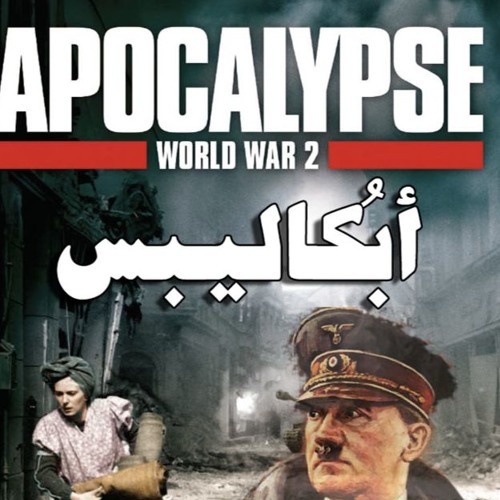

Industrial music is also intense, and often veers toward the terrifying. (Though, frustratingly, a handful of figures in industrial music became notorious for all the wrong reasons.) All the while, industrial became a place to explore transgressive ideas while also becoming a platform for social commentary (Throbbing Gristle’s use of the term “industrial” spoke in large part to how capitalist innovation adversely affected their home city of Hull) as well as becoming a haven for queer and marginalized communities. Where the rise of industrial music and artists like Cabaret Voltaire and Coil rose in large part out of post-punk, toward the end of the ’80s and early ’90s, the influence of industrial music could be heard in pop music (compare the production on peak-era Ministry with Janet Jackson’s Rhythm Nation 1814) and eventually crossing over into hip-hop. But over time it spread to farther extremes-sound collage, pure noise-while also infiltrating pop music. Clanging metal, harsh noise, heavy pulsing rhythms-this is how we often understand industrial music, through the dancefloor terror of Skinny Puppy, the machine-metal of Ministry, or the artful cacophony of Einsturzende Neubauten. The sound and shape of industrial music has changed and evolved in countless ways since Throbbing Gristle first emerged in the 1970s, to the extent that the genre’s name has often been understood, if erroneously, as a description of its sound.

One need only listen to the group’s infamous murder drone “Slug Bait” once to understand the kernel of industrial music: Musical extremes colliding with social taboos. The group’s early performances shocked more than entertained, criticized by conservative politicians as “wreckers of civilization.” But in transitioning into music, what Throbbing Gristle created wasn’t any less confrontational.

Throbbing Gristle, who coined the term “industrial,” began as a performance art collective after coming up in the world of psychedelic rock Peter “Sleazy” Christopherson was even part of the British design collective Hipgnosis for a time. Critic Simon Reynolds once said that being a Throbbing Gristle fan was “like enrolling in a university course of cultural extremism.” That’s an apt way to understand industrial music in its genesis-no pun intended.


 0 kommentar(er)
0 kommentar(er)
